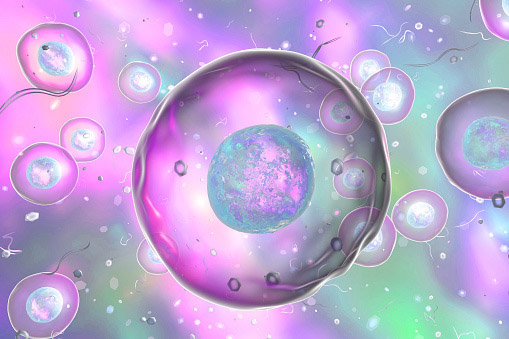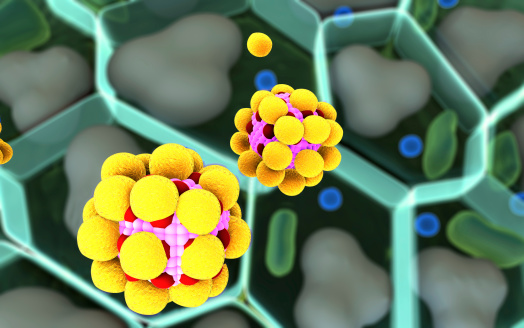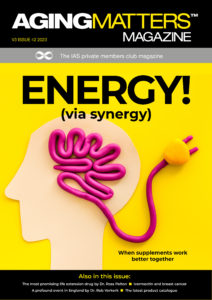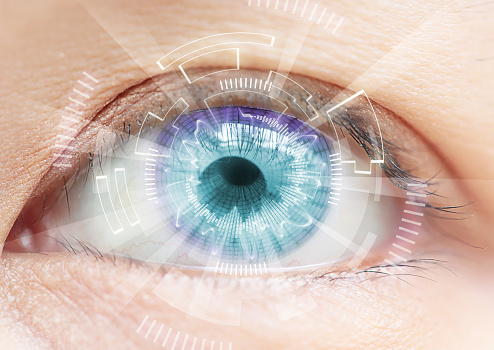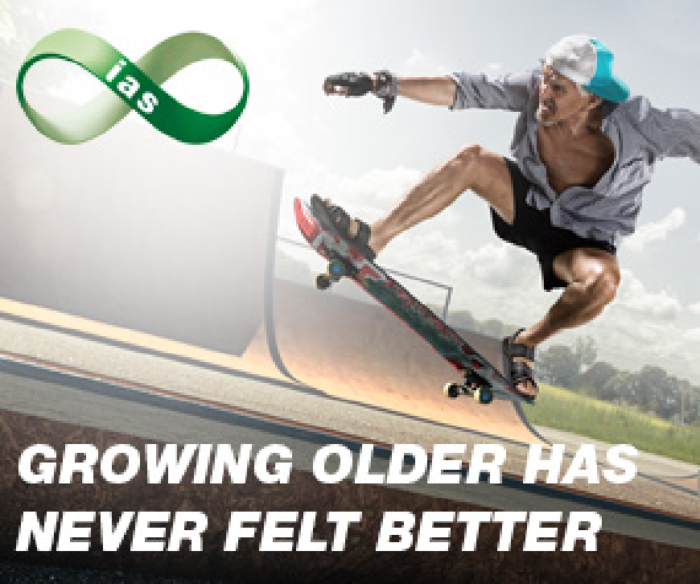
New light shed on age-related macular degeneration
May 6th, 2025Age-related macular degeneration (AMD) is the leading cause of vision loss for people over 50. A new non-invasive light therapy called photobiomodulation has been authorised by the FDA to treat central vision loss. Needles in the eye will no longer be the only option to keep your windows to the world clear to navigate and appreciate your surroundings.
AMD
Age-related macular degeneration is a common condition that affects the middle part of your vision. It doesn’t cause total blindness, because you can retain side vision. However, it makes driving, reading and recognition difficult. When the eye degenerates with age, a part of the retina called the macula starts to break down, and it normally starts in one eye and can spread to the other. Only specific AMD can be treated with eye injections, so the new light therapy could be a game-changer.
Photobiomodulation
Photobiomodulation is a light therapy that exposes cells in the retina of the eye to different wavelengths of light, and it slows down AMD. Studies have shown that light therapy is also effective for other eye conditions, such as diabetic eye disease, childhood myopia, and retinitis pigmentosa.
Photobiomodulation has previously been approved in Europe and some parts of Latin America for the treatment of AMD. Even though the FDA has authorised the light therapy, it hasn’t been approved. The FDA has said that the treatment can be advertised to patients based on early evidence that it is safe to use. It’s worth noting that some insurance providers might not cover it if they view it as investigational or experimental.
Light therapy is not a new concept; it is also used on skin conditions and musculoskeletal disorders and provides pain relief.
Even though the light therapy for AMD has been authorised by the FDA hasn’t approved it.
Nieraj Jain, M.D., an ophthalmologist who specialises in retinal diseases, said, “Photobiomodulation certainly holds promise. But we look forward to seeing more data. We don’t know how these outcomes will hold up in the real world.”
The FDA based the authorisation on a study of 100 people. Read more here.
The ageing eye
Several changes to the eyes happen as you age, the lens becomes thicker and less flexible. There is a decrease in tear production, and the jelly-like substance in the eye can become more watery, causing floaters. Your eyes can take longer to adjust to the light change, and colour perception can become distorted.
The most common age-related eye issues are:
- Dry eyes
Dry eyes develop when there is a reduction in tear production, and the eyelids don’t spread tears as efficiently
- Diabetic eye disease
Diabetic eye disease is a complication of diabetes when the blood sugar levels damage the back of the eye
- Objects blending into the background
When objects you look at blend into the background, this is due to a decrease in contrast sensitivity in the eye
- Glaucoma
Glaucoma is an eye disease caused by a lack of fluid production that damages the optic nerve, leading to vision loss and blindness
- Red, swollen eyelids
Eyes can become red and swollen due to a decrease in tear production in weakened tissue around the eyes, and increased sensitivity to environmental factors
- AMD
AMD affects the middle part of your eye causing vision problems. When the eye degenerates with age, a part of the retina starts to break down
- Flashes of light
Flashes of light can be experienced due to a natural process called posterior vitreous detachment, PVD
- Cataracts
Cataracts develop when the lens in the eye becomes cloudy due to a breakdown of the proteins in the eye, and they clump together
- Glare sensitivity
Glare sensitivity occurs when there are changes to the eye, such as thickening and yellowing of the lens and reduction in pupil size
- Eye cancer
Eye cancer can be caused by an accumulation of genetic mutations and increased exposure to UV radiation over time
How can you protect your eyes?
Eye health is very important, you need to keep your eyes in tip top condition. Not only are eye checks essential for your eyesight, but opticians can detect other health conditions such as high blood pressure, diabetes, retinopathy, heart disease, brain tumours, thyroid disease, skin cancer and leukaemia.
The best way to protect your eyes is:
- Know your family history
Genetics play a key role in how the eye ages and how susceptible you are to diseases or conditions
- Treat eye problems early
If you are concerned about your eyes, book an eye test. Opticians recommend and eye test every two years
- Avoid touching your eyes
Touching your eyes can cause an infection. Infections can cause permanent damage if not treated early
- Healthy living
Nutrients can boost eye health. Oxidants can contribute to AMD, antioxidants reduce the harmful effects. Leafy greens, salmon, mackerel, herring, walnuts, kidney beans, and omega-3 fatty acids are good for eye health. Also vitamins A, E and C, lutein, zeaxanthin and riboflavins should be incorporated into your diet. Staying hydrated is important, too
- Update glasses and contact lenses
If you are having sight problems you may need to have your glasses or contact lenses changed
- Sunlight
Never look directly into the sunlight. UV rays significantly accelerate the eye’s ageing process and create a high risk of cataracts or AMD. Wear sunglasses with UVA protection to reduce the risk of damage to your eyes
- Goggles
Use goggles to protect your eyes, they can reduce exposure to harmful light and pollutants, preventing physical damage to the eye
- Wear a hat
Wearing hats with a lip, such as a baseball cap, can protect the eyes from sunlight
- Limit screen time
Use the 20-20-20 rule. Every 20 minutes, take a 20 second break to look at something 20ft away to reduce eye strain
- Give up smoking and reduce alcohol intake
The toxic effects of smoking can damage the retina. Alcohol can cause blurry vision and bloodshot eyes.
To normalise cataract impairment, we recommend our product, Can-C eye drops. Can-C is also good for:
- Dry eye syndrome
- Contact lens lubricant
- Corneal disorders
- Computer vision syndrome
- Eye strain
- Ocular inflammation
- Blurred vision
- Presbyopia
- Retinal diseases
- Vitreous opacities and lesions
- Complications of diabetes mellitus and other systemic diseases
- Open-angle primary glaucoma
References
https://www.aao.org/eye-health/news/light-therapy-photobiomodulation-dry-amd-ga
https://www.aao.org/eye-health/tips-prevention/20-ways-aging-changes-your-eyes
